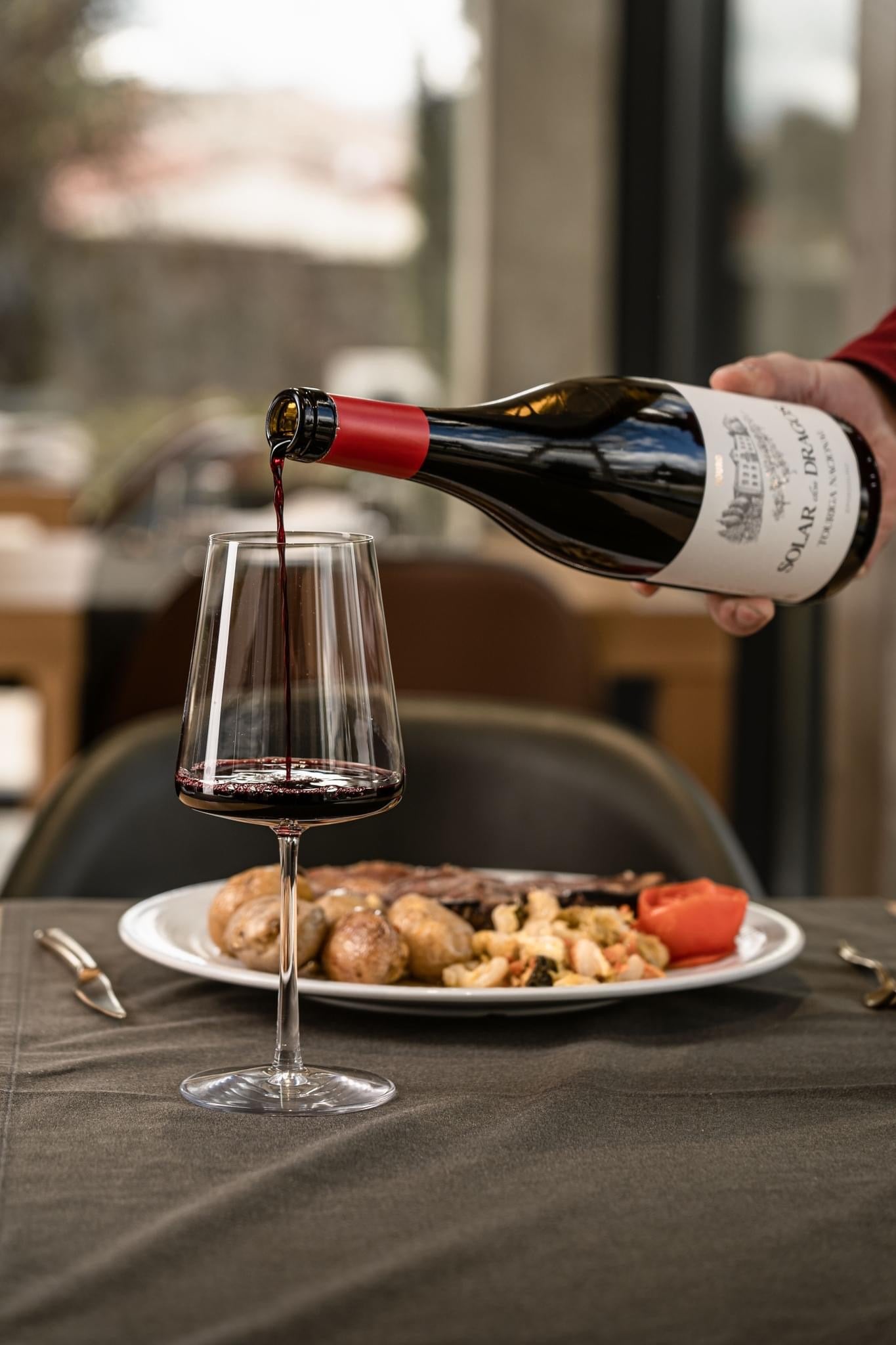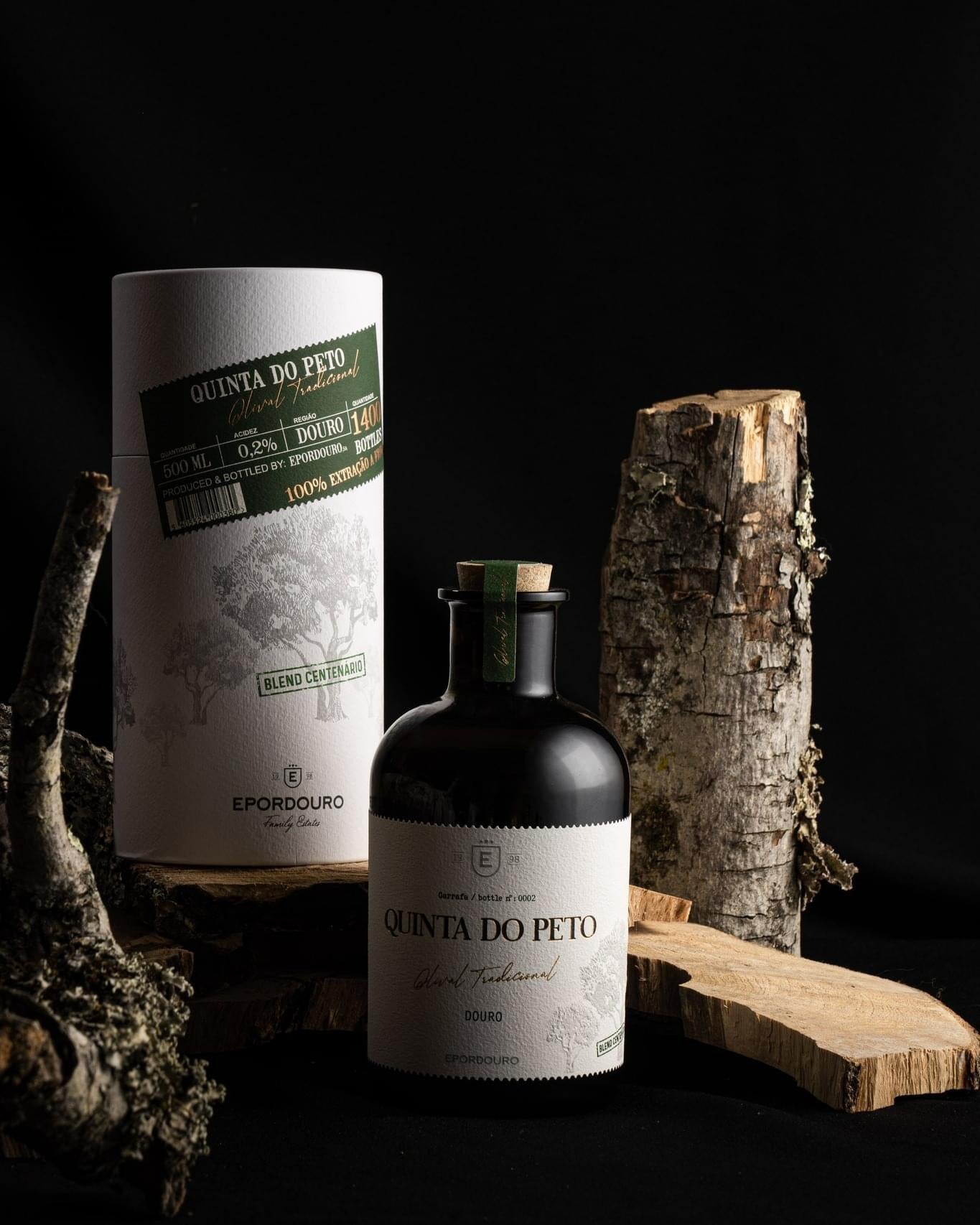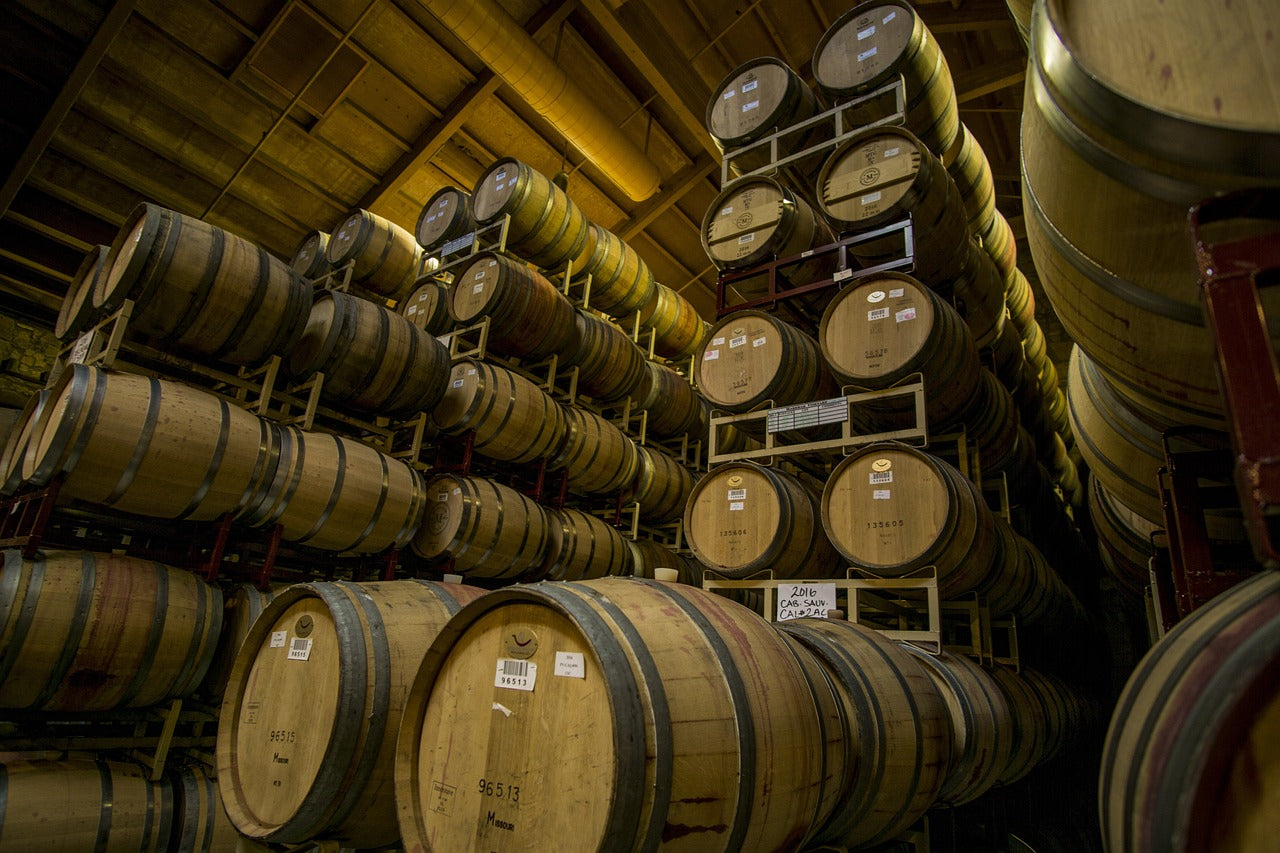Learn to Taste Red Wine in 6 Basic Steps


Fruit Quality
Ripe fruit tends to produce wines with a more fruity smell and flavor, while less ripe fruit produces less fruity wines with more savory, earthy and herbaceous profiles.
Acidity
Acidity affects the stability, color and sensory characteristics of the wine. It defines its character, gives it longevity, freshness and vivacity.
Tannins
Tannins in wine have to do with bitterness and astringency. A tannin is a polyphenol, which is an antioxidant, and helps protect grapes from UV radiation and pests.
Alcohol
Alcohol affects the way we feel the wine on the palate and the intensity of its flavor.
Body
It is the culmination of everything that happens inside the glass.
Sweetness
Among the components that influence the sweet taste of a wine is residual sugar. This is normally measured in grams of sugar per liter of wine.


